In landscape architecture, many of the available software options seem to specialize in individual areas, requiring an investment in add-ons to enable more holistic workflows. This comes as a sticking point for many landscape architecture firms whose work spans beyond 2D drawings and plans. Vectorworks Landmark is known for being an all-in-one solution, which means landscape architects can work without having to invest in additional software. In this article, you’ll hear from three landscape architects who’ve switched to Vectorworks Landmark and are now benefiting from more streamlined workflows.
The first firm is SiteWorks, who are based in New York City and provide a variety of landscape architecture services, including project scheduling/budgeting and construction implementation.
Next is Surface 678, who have received three awards from the North Carolina ASLA in 2020. Surface 678 works on projects in the academic, cultural, civic, corporate, healthcare, senior living, and recreation markets, and have been using Vectorworks since 2019.
Third is the Idaho-based firm BYLA, who’ve been designing eye-catching outdoor spaces since 2006.
Let’s see why each firm made the switch.
Can you share some workflow pain points you and your firm experienced before Vectorworks Landmark?
Jordan Guerrero, ASLA, AEP, ASLA NY Board Member, Landscape Designer at SiteWorks
We do a lot of cost estimates and takeoffs in our projects, and our previous software wasn’t able to do the kind of digital terrain modeling and cut/fill analysis that we felt was necessary for our documentation needs. Working across multiple platforms to accomplish these things was a definite pain point for us.
Phillip Tripp, PLA, Senior Landscape Architect at Surface 678
We used to work in AutoCAD for black-lined construction drawings and basic color-toned conceptual plans. Over time, as architects and civil engineers started using Revit and Civil 3D, there were layers of complexity and special requests for files in formats best suited for AutoCAD. It never felt as inclusive and coordinated with Revit and Civil 3D as we had hoped.
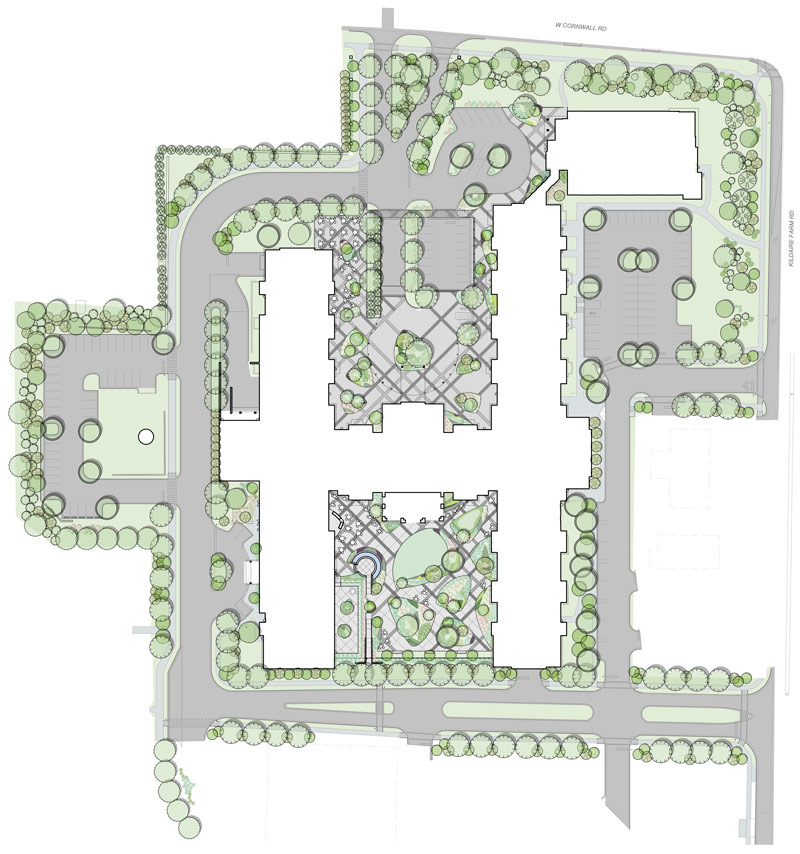
Glenaire Retirement Community in Cary, North Carolina. Courtesy of Surface 678.
Scott Lebsack, PLA, ASLA, Landscape Architect at BYLA
I came to realize that AutoCAD wasn’t using the resources available in a modern computer. It only allowed me to draft with a set of digital tools that mimicked the physical tools I was familiar with. It only nodded at modeling, which wasn’t easy to use. I tried to use block attributes to create plant schedules and “smart irrigation” blocks, but the tools for creating and interacting with extra data weren’t well implemented and didn’t seem to be encouraged.
Why did you decide on Vectorworks Landmark?
Jordan Guerrero (SiteWorks) — Vectorworks Landmark is very finely tuned to the needs of landscape architects in terms of tools and features. We were also really drawn to having an all-in-one solution, one that enables BIM workflows, too, because other countries are already requiring it and now it’s coming to us.
Phillip Tripp (Surface 678) — The lightbulb moment was realizing Vectorworks designed Landmark specifically for landscape architects, with native tools and features that are integral to our process. In contrast, with AutoCAD, we’d have to invest in separate add-on applications for each license in the office.
Scott Lebsack (BYLA) — Having software that replaces SketchUp and provides tools specifically for planting, grading, and irrigation in a single package is critical for streamlining the work we do. Everything is contained in a single working file; my design and my model are the same thing. My time in Vectorworks is spent designing. I don’t “draft” anymore.
What’s the biggest difference you experience in your everyday workflows?
Jordan Guerrero (SiteWorks) — The biggest thing for us is being able to do digital terrain modeling for cut/fill analysis. Our ultimate goal is to lead our practice with technology, and the landscape-focused features in Vectorworks Landmark allow us to do that.
Phillip Tripp (Surface 678) — There are three big changes I’d call out. The first is replacing AutoCAD files with references to allow multiple people to work simultaneously with a single Vectorworks Project Sharing file.
The second is capitalizing on the dual system of organizing data — classes and layers — to exponentially increase our ability to develop conceptual options quickly in a clear and manageable way, from simple diagrams to full construction alternates; all while simultaneously keeping presentation quality graphics current without ever leaving Vectorworks. Additionally, our more complex projects are using Vectorworks site modeling and freeform modeling features in conjunction with Twinmotion to produce highly detailed flythrough videos for clients, without the need to use SketchUp or Rhino.
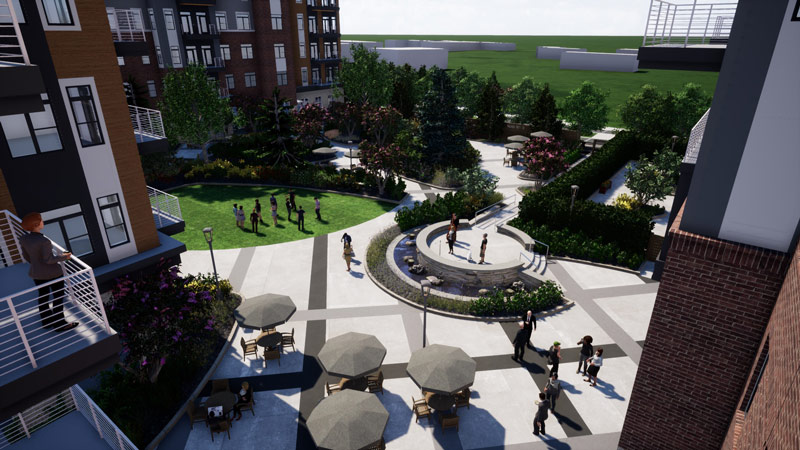
Glenaire Retirement Community in Cary, North Carolina. Courtesy of Surface 678.
The third is the use of Vectorworks’ resource library to actively manage our plant library and detail library, which improves our ability to provide quality assurance standards across all projects — a Vectorworks benefit that will continue to improve as we expand our office standards.
Scott Lebsack (BYLA) — Modeling and plant tools are the biggest improvements. I haven’t had to manually count plants in several years. I’m able to model a project and cut sections and elevations to show different aspects that change with the project. Ultimately, the largest change (which is a very simple one) is having fills associated with lines. I haven’t spent time in several years struggling to hatch something.
In what ways does Vectorworks Landmark help you perform your job responsibilities to the highest level?
Jordan Guerrero (SiteWorks) — When we look at a site model, we’re really focusing on the real-world implications of how everything interacts. That’s why digital terrain modeling and cut/fill analysis are so important to us. They allow us to better understand the site, its elevations, and what those elevations mean when it comes to design services.
Phillip Tripp (Surface 678) — Exceeding client expectations requires success in multiple ways; but in general, it’s high quality graphics and options in a timely manner which Vectorworks has proven more than capable, including expanding our services from high end perspectives to complete models, which clients have used for marketing in every case.
Scott Lebsack (BYLA) — Plant tools, worksheets, class and layer management all streamline the work I do every day. They allow me to be more efficient with my time and more consistent with my drawings.
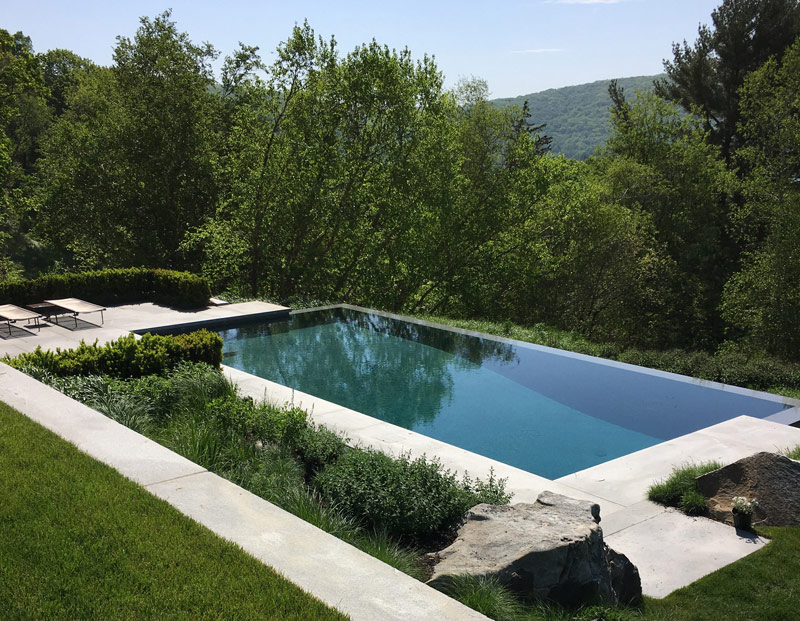
Poolside Patio courtesy of BYLA.
Have there been any challenges since switching? If so, how have you addressed them?
Jordan Guerrero (SiteWorks) — We have to be very open about our software choice when working with other firms. It’s been important to talk it out at the beginning and determine proper file types. It’s just about assuring firms that our using Vectorworks isn’t going to change their workflow. Although there are many file types to collaborate with, the translation of information isn’t always seamless. We find that it sometimes requires testing with clients to find an agreeable file type to work with.
Phillip Tripp (Surface 678) — An anticipated growing pain is that new hires are typically unfamiliar with Vectorworks and require in-office training during orientation and continued assistance through office mentors for the first couple months.
We work around this with Project Sharing. All production staff on a project can see the efforts of their peers and can identify when new hires would benefit from reminders on techniques or office standards. We’re optimistic that universities will expand their software options within the landscape architecture program and offer access or training courses in Vectorworks, as this skill set would be highly valued.
Scott Lebsack (BYLA) — We’ve struggled with speed on some repetitive drafting activities. That said, the Vectorworks development team has been very responsive to user feedback when it comes to improving the software. We’ve pushed feature requests in Vectorworks’ forum that we hope to see implemented.
—
Vectorworks is a major sponsor of Land8.



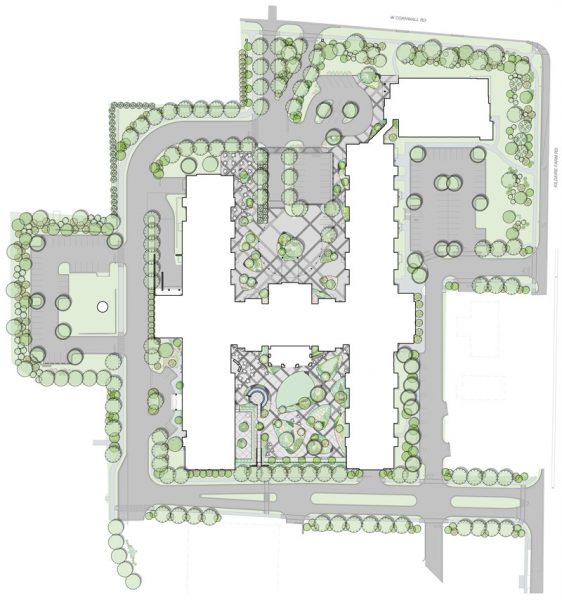
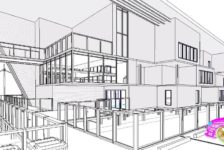
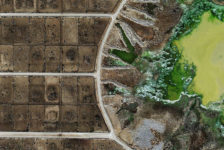
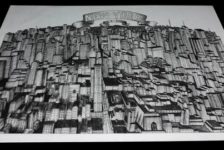
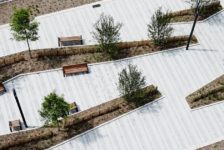
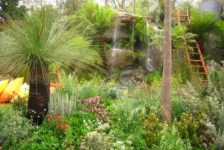
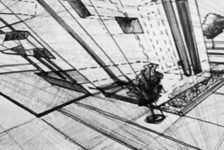

Jeremiah Farmer
This article really highlights Vectorworks. I don’t mean as a software product, I mean as a company. As an obviously ethically-challenged company.
Most would consider Land8 a great source of information, with the understanding that such resources are to provide information, sure with possibly some bias, but some vague notion of journalistic integrity.
Vectorworks, meanwhile, sees the sponsorship of Land8 as an opening to print whatever fawning articles they want. It is notable that the other sponsors don’t put forward articles so ludicrously titled as “Why Landscape Architects Choose Permaloc”. They realize that would be laughable, as this article is.
I would direct you to the rather comprehensive study done by the ASLA:
https://thefield.asla.org/2019/09/26/design-software-survey-results/
According to that study, Landscape Architects choose Land F/X 3:1 over Vectorworks.
And there are other notable choices that would be valuable to any Landscape Architect to know about. Lands Design for Rhino and AutoCAD is laudable, as is LandWorksCAD and Keysoft’s solutions.
So thank you, Vectorworks, for showing your true self with this article. As Landscape Architects make purchase decisions about software, they want to know what sort of company they are dealing with. Is it a company that will do anything, no matter how ethically murky, just to make a buck?
Izabela
*** Interesting comment, from Jeremiah Farmer regarding VW.***
I would like to add my observation regarding VW and I hope Land8 can pass this message to the responsible person in VW company. Here is my comment based on 1,5 month experience of my work with VW LANDMARK, as landscape architect based in Luxembourg, Europe:
I bought the English (US) version of the program to be able to work with English software. I started my first project and I noticed that the basic plant like Pachysandra has 3D visualization with palms leaves (!) – FIRST DISAPPOINTMENT. I started searching the plant in the library provided by Vector Service Select (VSS) – special paid service that purchased for 2021, and I found only roof plants, no other plants (!) – SECOND DISAPPOINTMENT. As my work was progressing I discovered 7 mistakes in the 3D visualization of the basic plants , e.g. Taxus baccata Fastigiata (!) – THIRD DISAPPOINTMENT. And this is only beginning of my work with LANDMARK…..
Does anybody from VW is working on the plant database to make it complete?
Could anybody let me know when the LANDMARK was introduced into market (as far as I know WV is since 30 years)?
Why this American product that offers good base for landscape architects has such basic errors?
I am looking forward to the answers. Thank you.
Eric Gilbey
Hi @youstenstudio.
Thank you for posting your questions about the provided plant libraries.
One of the first things most new users do when they begin to settle into the software for the first time is to establish their own personal library of plant objects, and it sounds like you are in the process of doing this right now. Often, the libraries are set up with non-species-specific and species-specific hybrid (2D/3D) plant objects. When plant data providers share species-specific image props, it makes it far easier to form libraries of preconfigured objects with known species 3D representations. Most of our users have shared that they prefer to assign their own image props or 3D models to the plant objects since they can and do customize these in the software.
With that being said, our developers are always seeking to expand on the content libraries which come already provided in the software, or available for download. Because of the regional differences in plant performance and availability, we rely heavily on our global distributors to learn from our users like yourself to know which plants are most routinely specified, and more importantly, commonly available. It is my understanding you are now in touch with the landscape team leader within our distributor’s Poland office, as this is where your license was purchased. He will continue to work with you directly in supporting your on-boarding needs, and you are always welcome to contact me here should you have other questions or input for further software development ideas.
Thank you, again.
Eric Gilbey, PLA
Product Marketing Manager – Landscape
Vectorworks, Inc.